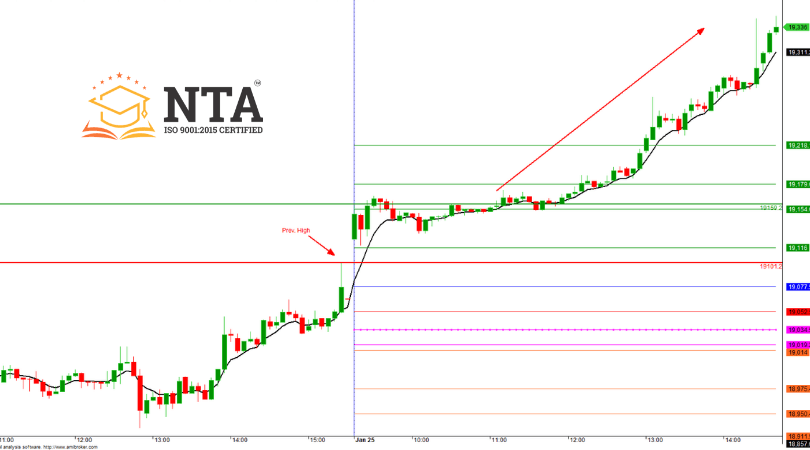Options trading, an intricate and dynamic financial arena, requires a strong foundation in mathematical formulas. These formulas empower traders to gauge profitability, manage risk, and make informed decisions in the ever-evolving options market. Delve into the intricacies of options trading formulas and unlock the secrets to successful trades.
:max_bytes(150000):strip_icc()/dotdash_Final_Understanding_How_Options_Are_Priced_Aug_2020-02-ba51015e895b4ba7abbd7632e1908360.jpg)
Image: amineroslyn.blogspot.com
Unveiling the Significance of Options Trading Formulas
Options trading involves trading contracts that provide the buyer the right, not the obligation, to buy or sell an underlying asset at a predefined price within a specified time frame. The value of these contracts fluctuates based on factors such as the underlying asset’s price, volatility, time to expiration, and interest rates. Utilizing formulas helps traders comprehend these complexities and navigate the options market effectively.
Breaking Down the Black-Scholes Formula: A Cornerstone of Options Valuation
Among the most crucial formulas in options trading is the Black-Scholes formula. This formula estimates the theoretical value of an option based on its aforementioned determinants. By applying the Black-Scholes formula, traders can determine whether an option is fairly priced or undervalued/overvalued, guiding their trading strategies accordingly.
The Black-Scholes formula incorporates the following variables: S (underlying asset price), K (strike price), r (risk-free interest rate), σ (annualized volatility), and t (time to expiration). By plugging these values into the formula, traders can calculate the option’s current market value and forecast its potential worth at expiration.
The Greek Letters and Measuring Option Sensitivity
Options trading formulas extend beyond the Black-Scholes formula, encompassing a group of metrics known as the Greeks. These metrics quantify the sensitivity of an option’s value to changes in its primary input variables, providing traders with deeper insights into the behaviour of their positions.
The most commonly used Greeks include Delta, Gamma, Vega, and Theta. Delta measures the rate of change in an option’s value relative to the underlying asset’s price, while Gamma quantifies how Delta changes for every unit increase in the underlying asset’s price. Vega gauges the sensitivity of an option’s value to changes in volatility, and Theta tracks the decay in an option’s value as time passes.

Image: www.niftytradingacademy.com
Expert Advice and Tips for Effective Options Trading
To navigate the options market successfully, heed the following expert recommendations:
• **Cultivate a deep understanding of the Black-Scholes formula:** Grasp its assumptions and limitations to accurately value options contracts.
• **Monitor the Greeks diligently:** Regularly track the Greeks to stay attuned to potential shifts in your option positions’ value.
• **Employ a strategic risk management approach:** Carefully assess the potential risks associated with options trading and adopt strategies to minimize losses.
• **Seek continuous education and knowledge:** The options trading landscape is constantly evolving. Stay abreast of the latest developments and enhance your skills through ongoing education.
Frequently Asked Questions (FAQs) on Options Trading Formulas
Q: What is the difference between the intrinsic value and the time value of an option?
A: Intrinsic value represents the immediate profit an option would yield if exercised currently, while time value reflects the potential for profit if held until expiration.
Q: How can I calculate the implied volatility of an option?
A: Determine the implied volatility by inputting the option’s market price, strike price, time to expiration, and risk-free interest rate into a Black-Scholes model solver.
Formulas For Options Trading

Image: www.tradingfuel.com
Conclusion
Embarking on a journey into options trading formulas opens a realm of possibilities for informed and strategic trading. These formulas, like navigational charts, guide traders through the complexities of the options market. By comprehending these formulas, practicing their application, and embracing ongoing education, you will sharpen your skills and increase your chances of success.
Are you ready to elevate your options trading knowledge and profitability? Explore the vast array of resources available on this website, delve into the latest trends and insights shaping the industry, and join a community of like-minded traders. Together, let’s unlock the full potential of options trading.






